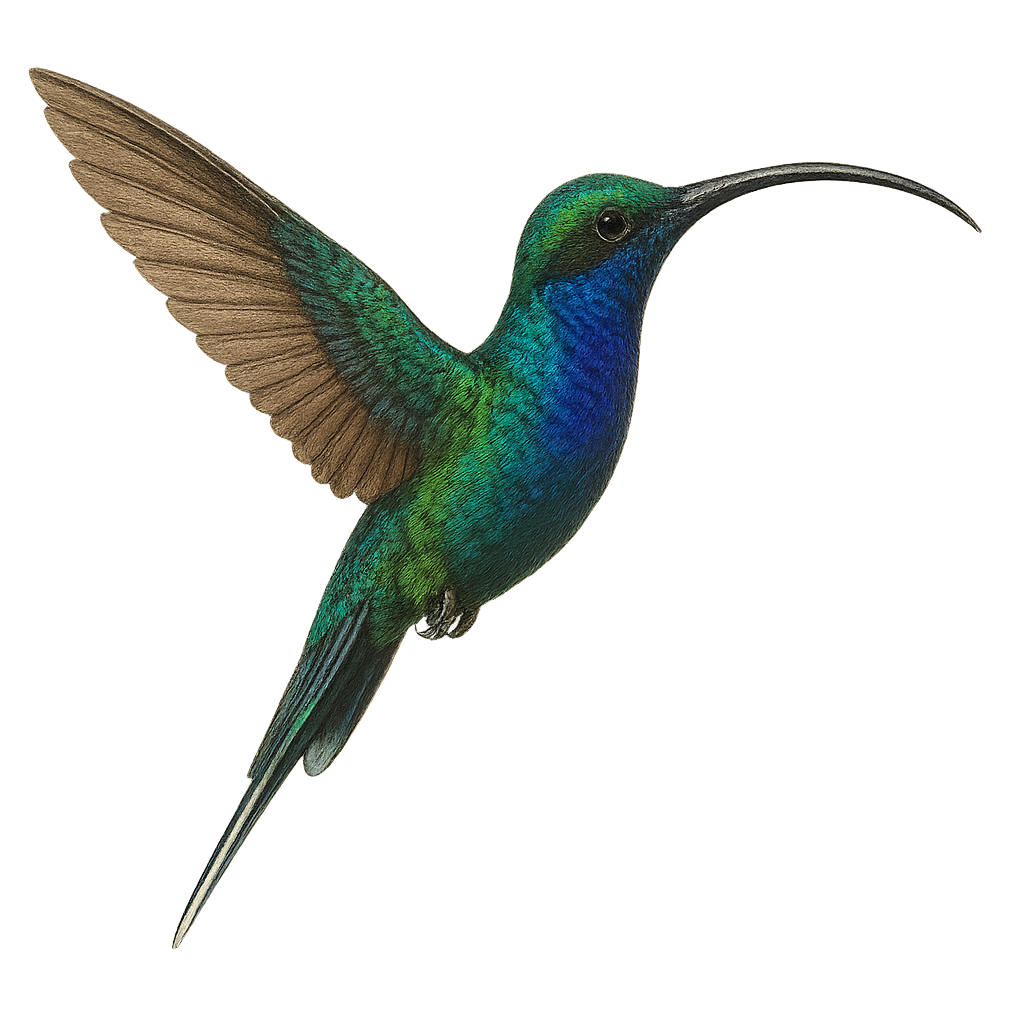Your wildlife photography guide.
Explore the green hermit in detail, study its behavior, prepare your shots.
Where to observe and photograph the green hermit in the wild
Learn where and when to spot the green hermit in the wild, how to identify the species based on distinctive features, and what natural environments it inhabits. The WildlifePhotographer app offers tailored photography tips that reflect the green hermit’s behavior, helping you capture better wildlife images. Explore the full species profile for key information including description, habitat, active periods, and approach techniques.
Green Hermit
Scientific name: Phaethornis guy

IUCN Status: Least Concern
Family: TROCHILIDAE
Group: Birds
Sensitivity to human approach: Suspicious
Minimum approach distance: 5 m
Courtship display: March to June
Incubation: 17-19 jours
Hatchings: March to July
Habitat:
Humid tropical forests, forest edges, gardens
Activity period :
Primarily active during the day, with peak activity in the morning and late afternoon.
Identification and description:
The Green Hermit, or Phaethornis guy, is a captivating hummingbird found primarily in the humid tropical forests of Central and South America. This small bird is recognizable by its bright green plumage and distinctive long tail. Both males and females exhibit similar features, although males often have longer tails. They primarily feed on nectar, using their long curved bills to reach tubular flowers. In addition to nectar, they also consume small insects to supplement their diet. Green Hermits are known for their territorial behavior, vigorously defending their food sources against intruders. Their fast and agile flight is a spectacle to behold, especially as they move from flower to flower.
Recommended lens:
400 mm – adjust based on distance, desired framing (portrait or habitat), and approach conditions.
Photography tips:
To photograph the Green Hermit, it is advisable to use a telephoto lens of at least 400mm to capture precise details without disturbing the bird. Look for areas where flowers are abundant, as these birds are often attracted to nectar sources. Be patient and wait for them to perch or feed. Use a fast shutter speed to freeze their rapid flight and ensure that the lighting is sufficient to highlight the bright colors of their plumage.
The WildlifePhotographer App is coming soon!
Be the first to explore the best nature spots, track rutting seasons, log your observations, and observe more wildlife.
Already 1 430 wildlife lovers subscribed worldwide

